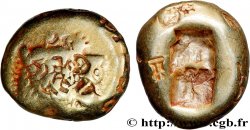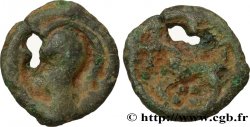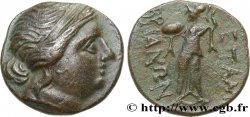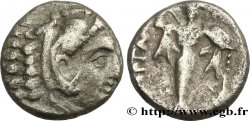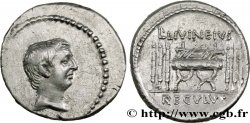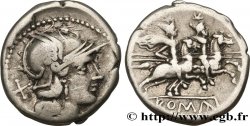Live auction - bgr_349800 - LYDIA - LYDIAN KINGDOM Trité d’électrum
You must signin and be an approved bidder to bid, LOGIN TO BID. Accounts are subject to approval and the approval process takes place within 48 hours. Do not wait until the day a sale closes to register. Clicking on "BID" constitutes acceptance of the terms of use of cgb.fr private live auctions.
Bids must be placed in whole Euro amounts only. The sale will start closing at the time stated on the item description; any bids received at the site after the closing time will not be executed. Transmission times may vary and bids could be rejected if you wait until the last second. For further information check the Live auction FAQ
All winning bids are subject to a 18% buyer’s fee.
All winning bids are subject to a 18% buyer’s fee.
| Estimate : | 4 500 € |
| Price : | 3 215 € |
| Maximum bid : | 3 300 € |
| End of the sale : | 31 March 2015 14:05:30 |
| bidders : | 2 bidders |
Type : Trité d’électrum
Date: c. 610-550 AC.
Mint name / Town : Sardes, Lydie
Metal : electrum
Diameter : 11 mm
Orientation dies : - h.
Weight : 4,72 g.
Rarity : R2
Coments on the condition:
Exemplaire sur un flan ovale, bien centré avec une usure régulière. Petite contremarque sur la joue du lion. Joli carré creux au revers bien venu à la frappe avec une petite contremarque en forme de lyre. Jolie patine de collection ancienne
Catalogue references :
Predigree :
Cet exemplaire provient de la collection du Docteur Frédéric Nordmann
Obverse
Obverse legend : ANÉPIGRAPHE.
Obverse description : Tête de lion à droite, verrue sur le front (étoile).
Reverse
Reverse description : Double carré creux informe.
Commentary
Deux petites contremarques, une au droit formée de trois globules dans un triangle en creux ; au revers, au-dessus du carré creux, contremarque en forme de “lyre”. Nous n’avons pas relevé d’identité de coin pertinente pour ce type qui semble néanmoins plus rare que ne le laissent supposer les principaux ouvrages de numismatique. C’est la première fois que nous proposons ce type à la vente qui est un véritable petit monument, précurseur de la numismatique.
Two small countermarks, one on the obverse formed by three globules in a hollow triangle; on the reverse, above the hollow square, a countermark in the shape of a “lyre”. We have not found any relevant die identity for this type, which nevertheless seems rarer than the main numismatic works suggest. This is the first time that we have offered this type for sale, which is a true little monument, a precursor to numismatics.
Two small countermarks, one on the obverse formed by three globules in a hollow triangle; on the reverse, above the hollow square, a countermark in the shape of a “lyre”. We have not found any relevant die identity for this type, which nevertheless seems rarer than the main numismatic works suggest. This is the first time that we have offered this type for sale, which is a true little monument, a precursor to numismatics.







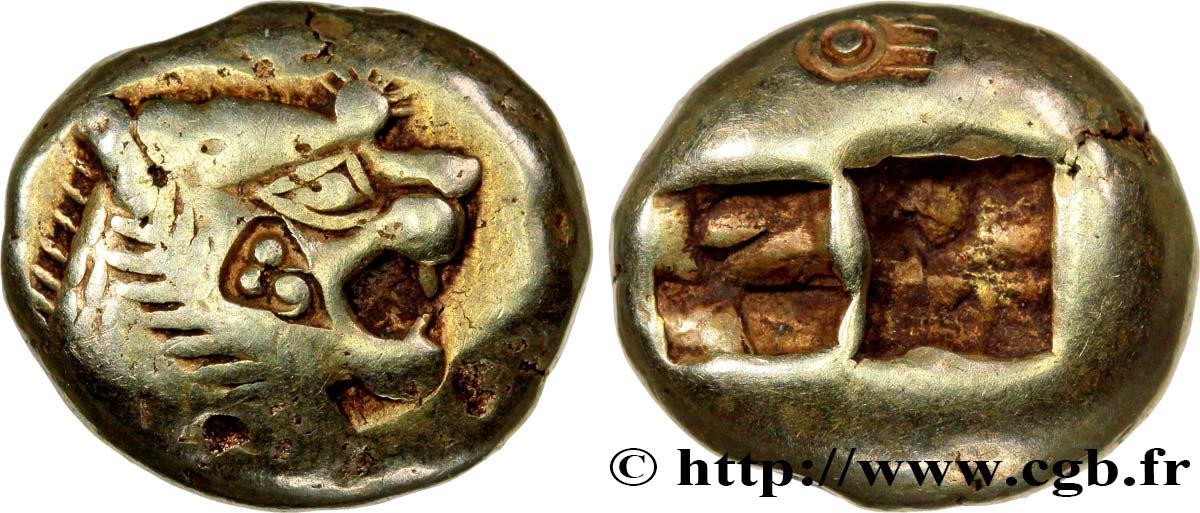
 Report a mistake
Report a mistake Print the page
Print the page Share my selection
Share my selection Ask a question
Ask a question Consign / sell
Consign / sell
 Full data
Full data



